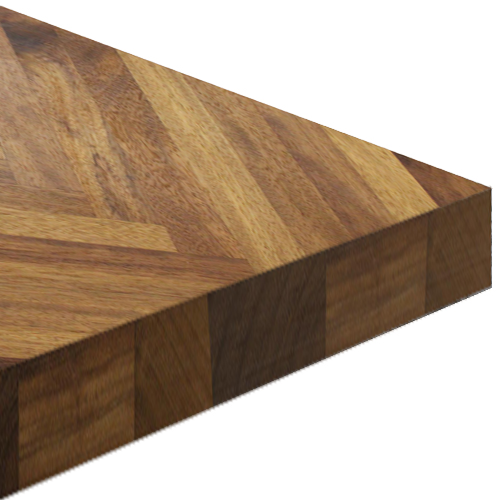Wooden worktops
beautiful, resistant and durable
Wooden worktops are beautiful, resistant and durable with a natural resistance to bacteria. Suitable for both traditional and contemporary kitchens, they bring a natural beauty and warmth to your kitchen.
For a more traditional look, maple, oak and beech work well. For a slightly more exotic feel, wenge, bamboo and iroko are excellent choices.
With a little care and annual oiling, your worktop will serve you a lifetime and can be sanded down and refinished to remove scratches (only enriching its appearance over time).
How are they made?
Finger Staves are short lengths of timber joined together, under pressure to form a blank which is then machined to the required length and width.
Full-length Staves follow a similar process to finger staves, except they’re longer to begin with, typically 100mm to 150mm.
End grain Butcher’s Block Worktops are formed by pressure bonding staves in a vertical formation. By constructing the worktop in a vertical formation, the end grain of the timber is now used as the working area, which creates an extremely hardwearing, durable and tactile surface suitable for direct cutting and meat preparation.








